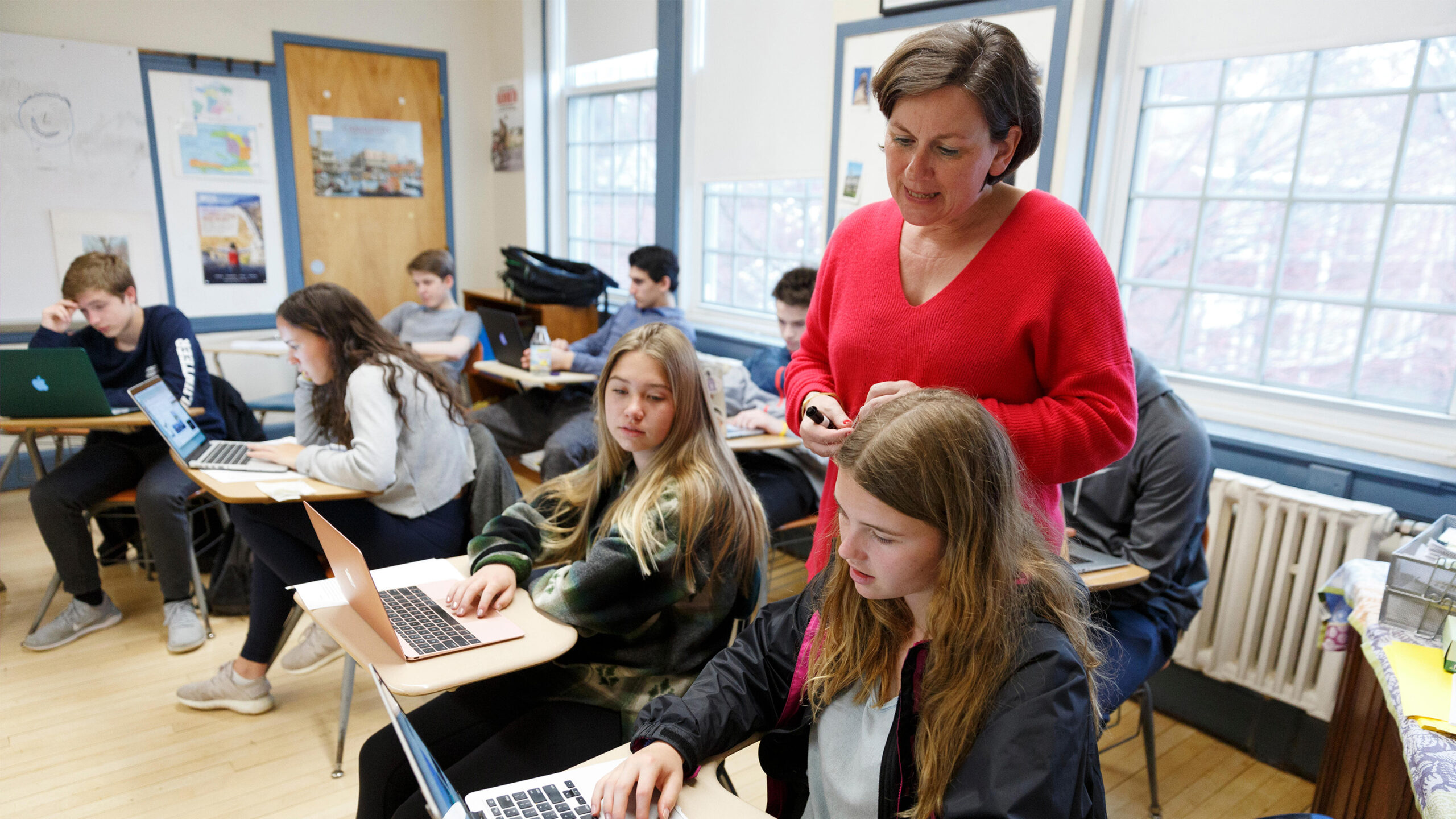During this summer, a team of students from MIT embarked on a journey to the sou …
Education on Responsible Use of AI Provided to Students
Lila Lightbringer

As a blog author writing for news anchors, I have come across a unique perspective on the growing influence of artificial intelligence (AI) in education. Initially, I vehemently warned my students about the perils of using AI websites, labeling it as plagiarism. This sentiment was echoed by the university I worked with as they threatened academic consequences for AI usage. However, I soon realized that AI is an inevitable part of our future and decided to embrace it as an additional tool in my teaching arsenal.
In March 2023, I made a bold decision to temporarily pause my regular curriculum and dedicate my time to teach my students how to utilize AI responsibly. This involved exploring various websites and discovering the potential learning opportunities they offered. Through this process, I gained the knowledge and skills necessary to effectively guide my students in using these tools without succumbing to plagiarism.
It’s important to acknowledge that as AI rapidly evolves, it becomes increasingly challenging for teachers to keep up with the latest websites and trends. While my expertise lies in high school English, I believe the assignments listed below can be easily adapted to suit any secondary school subject.
Although these assignments have become an integral part of my teaching curriculum, I anticipate that they will evolve alongside the advancements in technology. Nevertheless, they serve as a solid foundation for teachers who want to develop good practices regarding artificial intelligence.
7 Vital Questions for Students to Address Regarding AI
1. How can I determine the legitimacy of sources generated by AI? Students were given a prompt to request an AI platform to generate several sources cited in MLA format. Subsequently, they had to independently locate these sources and assess their validity.
2. What distinguishes paraphrasing from crossing the line? Students were taught the concept of paraphrasing and provided with multiple passages for practice. They then employed ChatGPT to paraphrase a given reading passage.
3. What constitutes good and bad feedback? Students submitted their old essays and sought feedback. We discussed strategies for differentiating between valuable and unhelpful advice.
4. How can one detect bias in AI-generated material? Students familiarized themselves with the concept of bias in writing, and I presented them with examples of AI-generated work. Their task was to identify biased words or phrases.
5. What are the advantages and disadvantages of artificial intelligence? Students engaged with numerous articles discussing the pros and cons of AI. Given the vast literature on the subject, we conducted a Socratic seminar to delve into the ethical dimensions of AI.
6. When does utilizing AI become cheating? At the end of the week, I instructed my students to draft a new plagiarism policy for the school. Although it was a theoretical assignment, my students skillfully articulated what they had learned and how it could be applied school-wide.
7. What are AI detectors, and how do they operate? I explained the tools at my disposal to identify AI-related plagiarism. I showcased the functioning of Turnitin and guided them through the AI feature. Additionally, I demonstrated the usage of GPTZero.
Key Insights I Gathered
Teachers should primarily focus on one to two reputable AI websites. Currently, numerous websites aim to capture the attention of students and teachers alike. My focus was mainly on ChatGPT due to its availability in a free version, although it should be noted that the paid version offers greater sophistication.
Popular AI websites like ChatGPT are often blocked on school networks. Hence, I conducted prior preparation and presented the students with AI-generated examples. Additionally, I allowed most of my students to use their own cell phones.
I reserved these assignments exclusively for upper-class students. Given the discussions surrounding academic integrity ethics, students needed a certain level of maturity to succeed in this context.
To prevent my students from perceiving these assignments as a blanket endorsement for constant AI usage, I consistently reminded them that AI websites would be of little use without their preexisting subject knowledge. I emphasized that without an understanding of good writing, they would struggle to identify poor writing.
Evaluating the Outcomes
Based on the results observed, I consider this unit to be a success. My students now approach me with questions and concerns about AI, thanks to my open approach to discussing the technology’s benefits. Furthermore, incidents of AI-related plagiarism have decreased in my classroom, and if they do occur, students cannot claim ignorance.
Incorporating these lessons also changed my perspective on AI. I now view it as a valuable tool for my teaching practices, regularly incorporating it into my lesson planning and sharing new insights with my students.
Going forward, it is crucial for administrators and teachers to engage in fruitful discussions regarding artificial intelligence and its role in education. To ensure effective educational institutions, we must adapt to the world of technology and explore how it can positively impact our students. As students benefit from technological developments, it is equally essential for teachers to keep pace by equipping themselves with effective AI detectors to discourage plagiarism and misuse by students.


